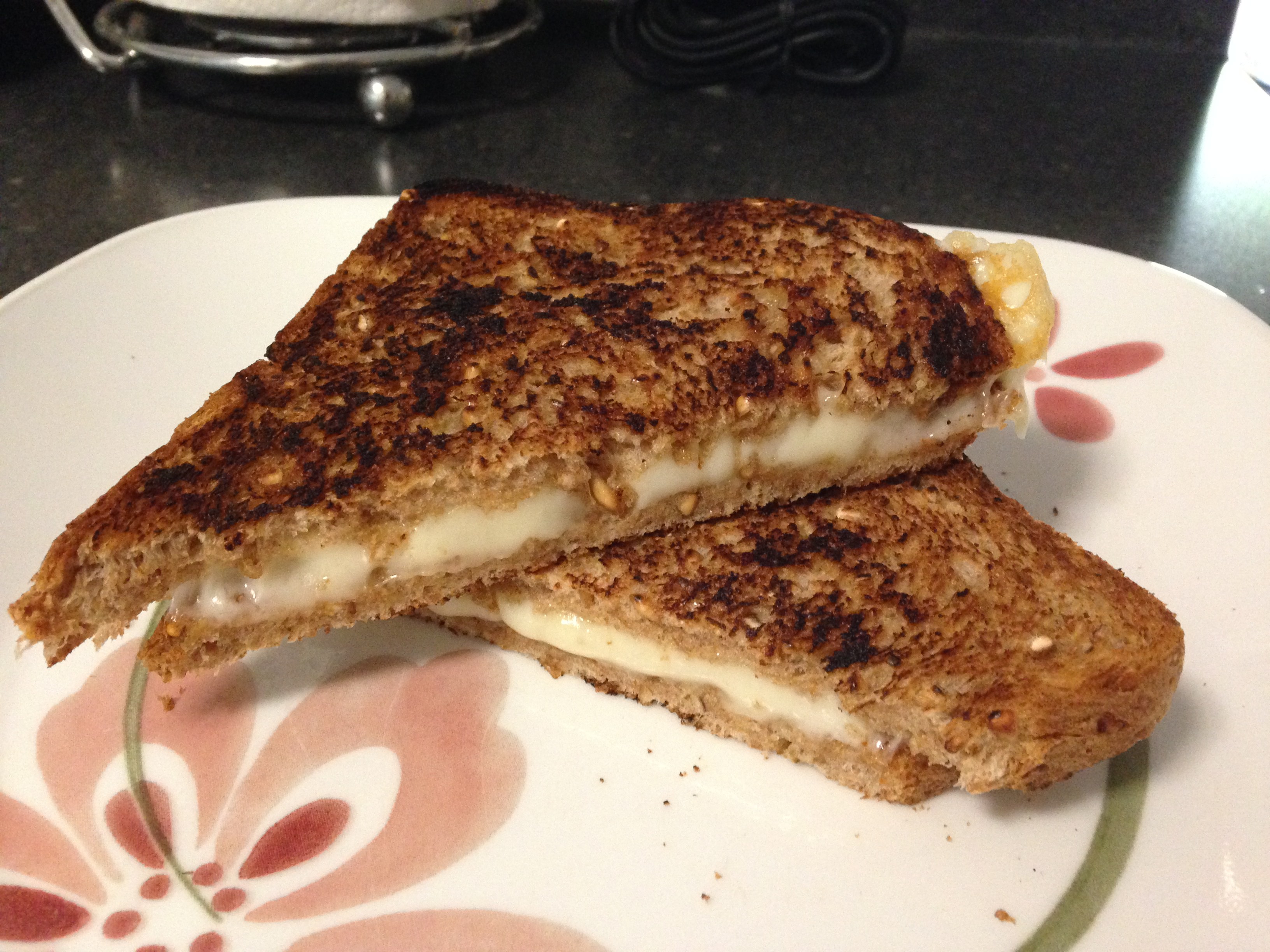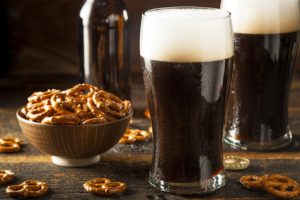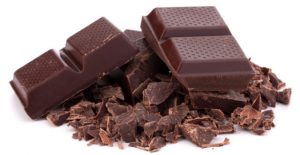
Is My Toast Trying To Kill Me?
Is My Toast Trying To Kill Me?
~ and ~
Why Are Corn Dogs So Delicious?
by Dallas Doctor

Why are corn dogs so delicious?
Have you ever wondered why corn dogs taste so much better than the sum of their parts?
Have you ever wondered if they’re safe to eat?
Most people are surprised to learn that whenever you heat food, you’re actually changing the chemical make-up of what you’re about to consume.

Killer Toast?
That’s right! Toast is actually chemically different from bread?
Your toast has been transformed. It isn’t just warmer or crunchier (which some people like), but when you toast a slice of bread, you’re actually putting a different set of chemicals into your system.
It’s like the difference between potatoes and french fries; in fact, it’s exactly the same thing (but without the extra fat).
That’s because something very interesting happens to bread (and many other foods) when they are heated to between 140 to 165 °C (280 to 330 °F). It’s a chemical change called the Maillard Reaction.

Roasted Marshmallows
The reason that toasted, roasted, and grilled foods have the variety of colors and flavors they do is the Maillard Reaction. (It’s pronounced “My-Yar”and named after the French scientist who discovered it in 1912.)
Making Food More Delicious
Chances are you’ve been a big fan of the Maillard reaction all your life, without realizing it. It’s the reason corn dogs tastes better than the sum of their parts … and thousands of other delicious examples. (“Delicious” is the street word for the Maillard reaction.)

Yes, even pretzels and beer
We’re talking about:
- Seared Steaks,
- Roasted Marshmallows,
- French-Fries,
- Fried Chicken,
- Cookies, …
… and many other kinds of biscuits, pretzels, chips, breads, and other foods that undergo this reaction.
The Maillard reaction is also responsible for the colors, aromas, and flavors of:
-

The Yummy Goodness of the Maillard Reaction
- Beer,
- Chocolate,
- Coffee,
- Bagels,
- Maple Syrup,
- … and many, many other foods.
It’s actually a three-step process:
- The food remains unaltered in color, but undergoes sugar condensation and rearrangement.
- Foods are dehydrated and degraded (breaking down the amino acids that make up proteins).
- Food is highly colored as the amino acids and sugars react in complex ways to form the appealing color and flavor changes that the reaction produces.
Hundreds of different flavor compounds and odors are created in the process (the Maillard reaction is the basis of the flavoring industry).
This complex mixture of chemicals is what makes meat more flavorful and more appealing when you cook it — and just maybe something else …
 By the way, the Maillard Reaction is technically NOT the same as caramelization. People often confuse them, because they look, and sometimes even taste, similar. Chemically, they are completely different processes, but they both produce carcinogens.
By the way, the Maillard Reaction is technically NOT the same as caramelization. People often confuse them, because they look, and sometimes even taste, similar. Chemically, they are completely different processes, but they both produce carcinogens.
Is It Dangerous?
The Maillard reaction is an incredibly complex process. Scientists are only beginning to understand it. It was only in 2002, that Eden Tareke (a Swedish scientist) discovered that food which had been heated (potato chips, french fries, toast, coffee, etc…) contained acrylamide, while these same foods that had not been heated (or had been boiled) did not contain the chemical.

Coffee beans before – and after – the Maillard reaction
Acrylamide is a known carcinogen and is one of the byproducts of the Maillard reaction. It has toxic effects on nervous systems — and on fertility. It is not known yet whether the accumulation of acrylamide affects people’s risk of developing cancer. But a study published 13 October 2012 associated the birth weight of children with the dietary acrylamide levels of their mothers. More importantly, it found a correlation with reduced birth-head-circumference (which has been associated with delayed neurodevelopment).
In the US, the FDA has been studying acrylamide in food since 2002.
In the UK, as recently as January of 2017, The Food Standards Agency (FSA) launched a campaign, urging Britons not to burn roast or fry vegetables and to keep oven chips at a nice golden colour in order to reduce intake of acrylamide.
There’s even an INTERNATIONAL MAILLARD REACTION SOCIETY (IMARS) formed in 2005 to research ways to minimize the unwanted effects of the Maillard reaction.
So how dangerous is it, really?
The research is ongoing, but there’s scant evidence to suggest that your toast is trying to kill you — just yet anyway. Some believe that since humans have been toasting, roasting, and grilling for many hundreds of generations, we may have either built up an immunity, or have evolved other mechanisms for survival.
FIRST RULE OF POISON: “It’s not the poison; it’s the dose.”

Pick your Poison
Yes, technically, toxic chemicals are produced as byproducts of toasting and roasting and caramelizing – but in order to effect the nervous system, most scientists think the doses would need to be 500 times higher than average daily intake for humans. In order to effect fertility, we just don’t know yet. We’re still learning.
But it’s probably like eating an apple (apple juice contains low levels of arsenic and apple seeds contain cyanide); the doses of the poisons are so low that it doesn’t pose an imminent threat to your health.
So go ahead and enjoy your toast. It’s probably not going to kill you. But if you’re pregnant, you may want to cut back on all things toasted, roasted, or caramelized, just to be on the safe side.
“`
The Maillard reaction is actually a pretty cool and interesting process. It’s responsible for all those yummy flavors and smells. So for those of you who can read it, here’s the Maillard Reaction in all of it’s chemical glory.

The Maillard reaction is the chemical reaction between amino acids and reducing sugars that gives browned food its distinctive flavor.
P.S. I’d love to hear what you think. Please leave a reply. As long as it’s not spam or trolling, I’ll happily post it here for all to enjoy! Thank you!
P.P.S. ALSO Here’s MY GoScienceGo Promise: If you EVER think I get something wrong — and if you can provide actual evidence — (not anecdote, but verifiable EVIDENCE) — of such a thing, PLEASE let me know. If your argument is valid, I’ll be thrilled to change my mind and acknowledge my error (because that’s the only honest way to be); all you have to do is give me a good reason…
©2017 GoScienceGo.com
For Further Reading:
https://en.wikipedia.org/wiki/maillard_reaction
http://www.scienceofcooking.com/maillard_reaction.htm
http://www.imars.org/online/
http://www.seriouseats.com/2017/04/what-is-maillard-reaction-cooking-science.html
http://www.telegraph.co.uk/news/2017/01/22/government-warning-roast-potato-cancer-link-massive-overreaction/
http://www.dailymail.co.uk/health/article-4147522/Burnt-toast-ISN-T-dangerous-unless-320-slices.html
